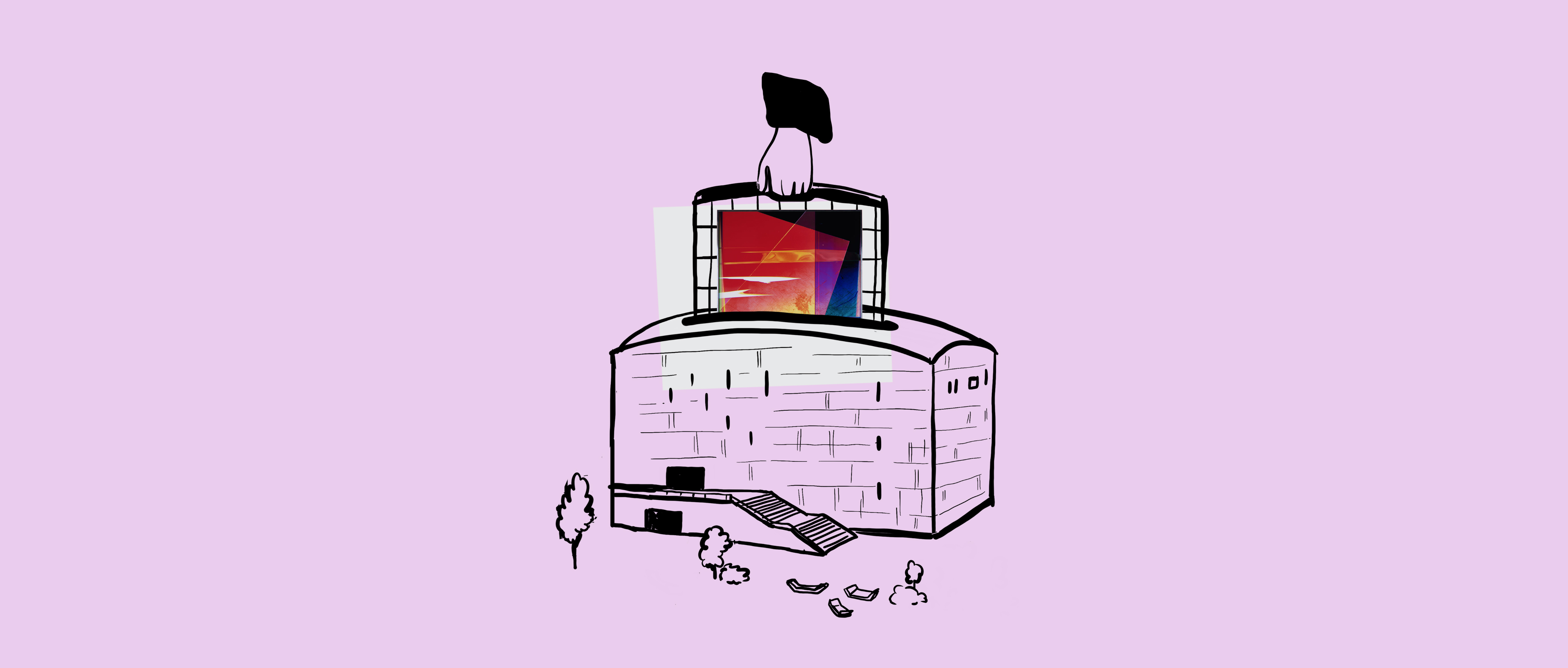
D'Arcangelo, Allan
Ohne Titel 79
Untitled 79
1964
| Object description | Mixed media on canvas |
|---|---|
| Object category | image |
| Material | |
| Technique |
Object:
collage,
mixed technique
|
| Dimensions |
Frame:
height: 157,8 cm,
width: 157,7 cm,
depth: 6,5 cm
Object:
height: 153,5 cm,
width: 154 cm
|
| Year of acquisition | 1981 |
| Inventory number | ÖL-Stg 3/0 |
| Creditline | mumok - Museum moderner Kunst Stiftung Ludwig Wien, Leihgabe der Österreichischen Ludwig-Stiftung |
| Rights reference | The Estate of Allan D'Arcangelo |
| Further information about the person | D'Arcangelo, Allan [GND] |
Allan d’Arcangelo painted his first colorful pictures of American industrial landscapes with freeways and their traffic signs and symbols in the 1960s. The works of artists like d’Arcangelo contributed to the great cultural mythology of a vast landscape that was conquered by traffic and by speed, and D’Arcangelo’s deliberately simple paintings of the early 1960s with their large color surfaces are also seen as forerunners of Pop art. In the USA, cars and motorcycles have always stood for personal freedom and individuality, and are a form of rebellion against rational American society. In Untitled 79, painted in 1964, d’Arcangelo suggests the perspective of a car driver with a view of a broad landscape opening up before his eyes. The square format consists of four equally sized parts, showing four different realities—four forms of recording information in one picture and thus four different kinds of information. In the upper left there is a collage map of the metropolitan region around New York City, and on the right a black-and-white photograph of a winding road. Although the map seems to hint at the location, this is not completely clear. The lower half of the painting repeats the motif of this photograph in two versions—on the right as a drawing with the motif the other way around, and perhaps produced by tracing the first image. On the left we see this picture in painted form, with the color fields reduced to black, white, and blue. This composition consists of triangles that are fitted together in the center like wedges. The artist plays with perspectives constructed with lines—in the right image—or with color fields—on the left, both of which have a powerful and evocative effect.
© mumok – museum moderner kunst stiftung ludwig wien